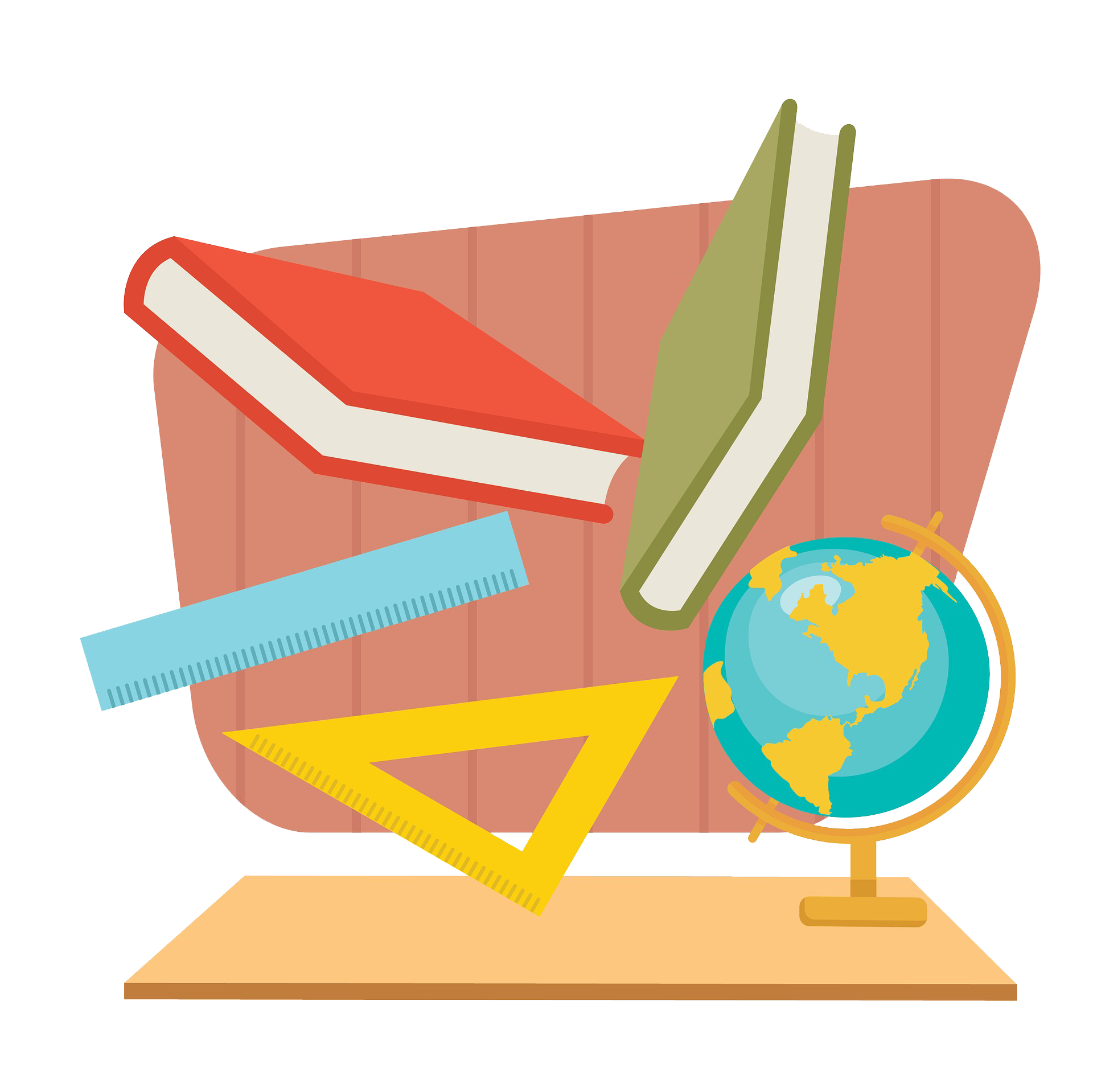S3.3.2
Knows that nine planets of differing sizes and surface features and with differing compositions move around the Sun in nearly circular orbits; some planets have a variety of moons and rings of particles orbiting around them (e.g., the Earth is orbited by one moon, many artificial satellites and debris).

